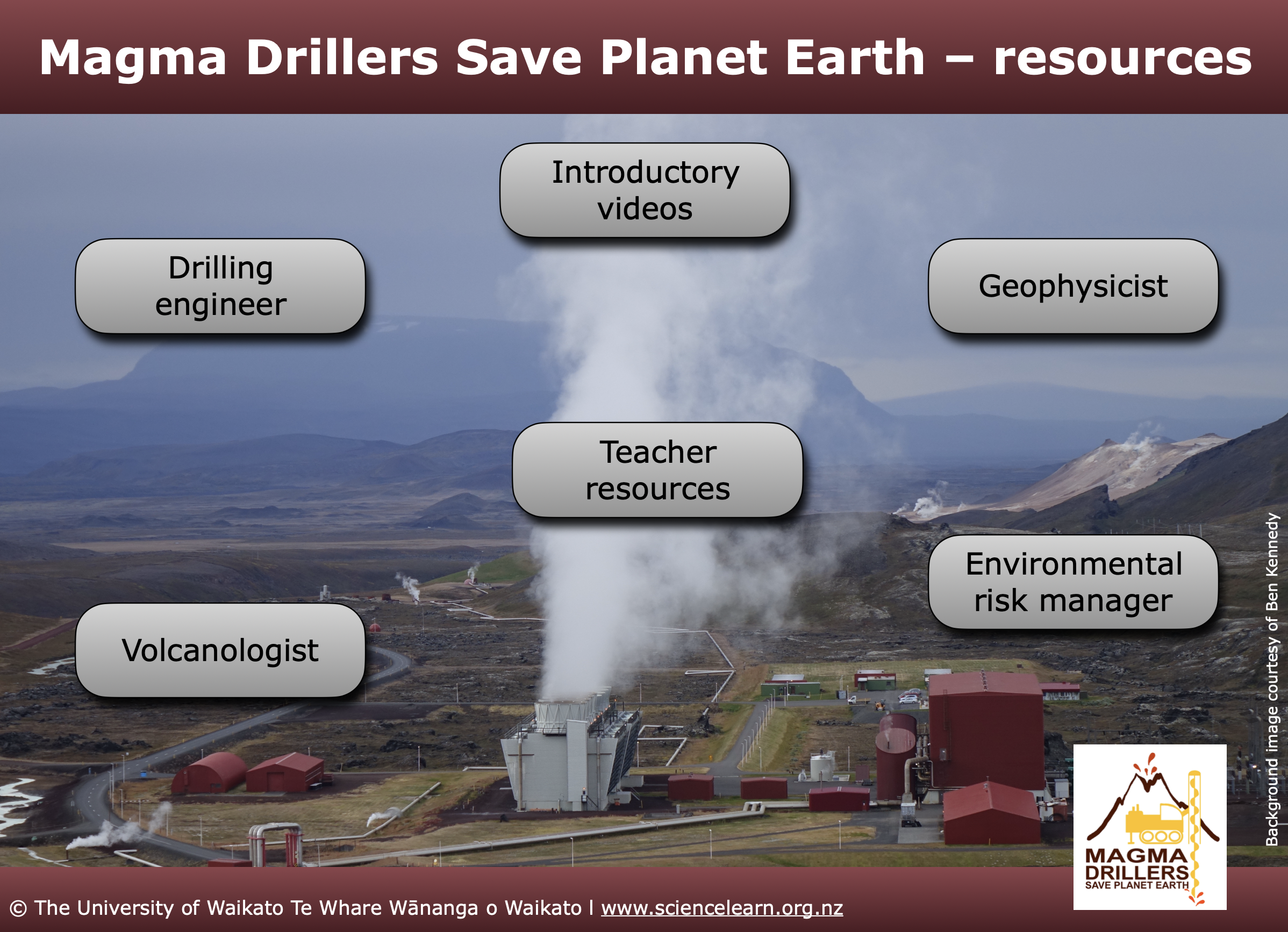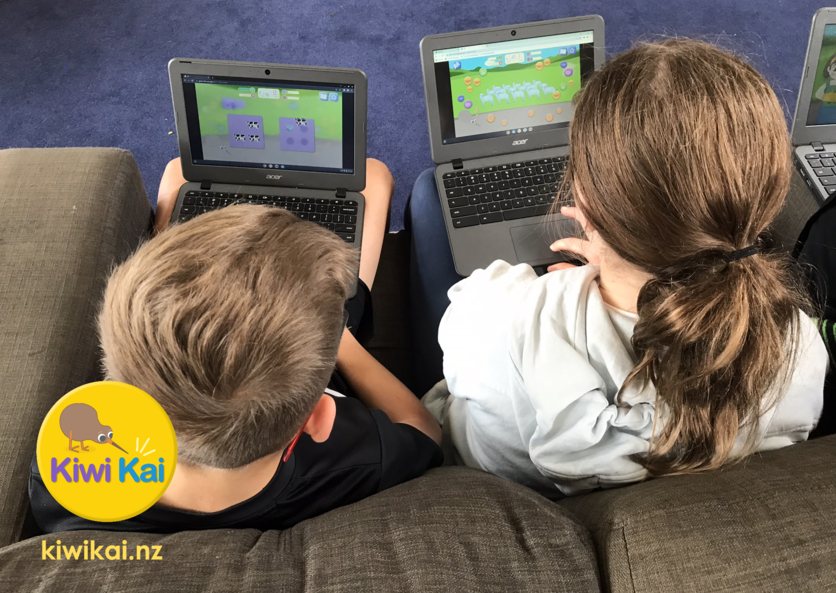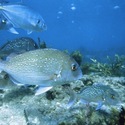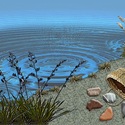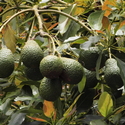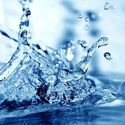Games have long been used for developing both skills and knowledge in the education sector. As digital technologies continue to develop, the range of digital learning games also continues to grow, driving an area of learning called game-based learning. It is not new, but it is using new digital tools and platforms – and there is an accompanying pedagogical shift from using games to motivate and engage students in learning to using ‘serious games’ as the basis for knowledge and skill development. ‘Gamification’ describes the process of applying game rules to a learning process.
New Zealand Council for Educational Research (NZCER) Senior Researcher Rachel Bolstad undertook a national research programme into how games and simulations can help us think differently about learning and exploring what teachers and students are doing with games in the classroom.
Rachel blogs about game-curious teachers and how they see games as a “rich resource space that can be shaped, moulded, stretched, and connected to a very diverse range of curriculum and pedagogical goals”. Not surprisingly, playing games is only the tip of the iceberg, and the games themselves are not always the main focus. Games hold multiple opportunities, and for some teachers, it is the “coding and digital technology skills”, while “others are interested in play-based learning and role-play”. The teachers involved in Rachel’s research “don’t just use games as a resource to learn something from, but as something to learn through, and this involves engaging with games in all manner of ways. As a player, designer, maker, fan, or critic, and sometimes as an expert who can use their game knowledge and skills to teach others.”
Many of the activities on our site involve role play, for example, ethics and transgenics, fisheries or microbes. Our recorded webinar Understanding science through drama looks at how drama can enhance students’ learning experiences to help deepen their understanding of science concepts and the nature of science.
Increasingly, teachers are seeing games and game design as a vehicle for the development of students’ thinking and other key competencies as well as more specific knowledge and skills. Following on from participating in a game, there is richness in unpacking the experience as a class discussion and/or literacy activity. There are also opportunities for further learning for students in digital technologies and art, creating future coding and artwork for future games.
Our recorded webinar Digital tools for science learning introduces easy-to-use digital tools such as Arduino Science Journal and micro:bit that can engage learners in real-time data collection.
Some citizen science projects use aspects of gaming to encourage participation, Stall Catchers is one example.
We feel an ethical obligation to extract as much value as possible from every minute that a person spends playing Stall Catchers.
Stall Catchers
Educational gaming
See below some examples featured on the Science Learning Hub.
The Science of Medicines – Unlocking Curious Minds
The Science of Medicines – Whakatere Waka was an innovative, hands-on education project programme that used te ao Māori perspectives to build conversations and confidence around medicines. We have videos of young people sharing their insights about medicines and about designing serious games to promote community awareness.
Game design is a creative way to build science literacy. It combines aspects of science, technology, digital technology, literacy and the arts. The activity Game design for viruses and vaccines has tips, resources and questions to aid ākonga in creating the game narrative, environment and rules. Games can be digital, tabletop or even 3D dioramas.
Magma Drillers Save Planet Earth
In Magma Drillers Save Planet Earth ākonga take on the roles of scientists and engineers to help solve the planet’s environmental and energy issues. Teaching resources include engaging videos, student workbooks and online game maps. It’s all curated in this activity.
Magma Pop is a visual representation of a magma chamber. It enables users to experience volcanic processes that are usually hidden from view. Explore the links between temperatures, mineral crystallisation and changes in magma and rock composition. This activity has background information and worksheets for students working at intermediate and senior school levels.
Kiwi Kai
Kiwi Kai is a browser-based virtual farm that explores the relationships between healthy environments, kai, people and communities. It is supported by articles that unpack science concepts, te ao Māori and food production, enduring competencies and key terms.
Games and space
Help ākonga discover more about space and human impacts with these activities – great science and technology learning experiences:
- Students learn more about space junk and design ways to remove it as they use Scratch to design a game or interactive model.
- Get hands-on by building a satellite for a specific mission. This activity uses an interactive simulation with three different scenarios.
- Encourage your student’s engineering skills and use the interactive Rocket launch challenge to successfully send Rocket Lab’s Electron rocket into space.
- In the Connected article Lighting the sky with Raspberry Pi, discover how students created a digital light display for Matariki using Raspberry Pi computers.
Card games
Card games are another way to engage with science and mātauranga Māori. Below is a selection of activities that use cards.
- Drive it Down! – climate change discussions explores issues and solutions.
- Changes on the beach uses scenario cards for observation and action.
- Using rongoā Māori – learn about native plants and their uses.
- Observing fungi and Te āta tirotiro i ngā hekaheka – practise observation and vocabulary.
- Pollination pairs matches native flowers with their pollinators.
- Matching seeds and fruit is ideal for younger students.
- Duck dominoes, Which duck is which? and Mixing and matching ducks use the same sets of cards.
- Finding a female follows the adventures and perils of the male pea crab.
Useful links
Water Games is a collection of different games addressing various water challenges.
TKI has further information about gaming for learning.
Check out our Gaming and virtual learning – Pinterest board.
The NZCER Games for Learning project is complete, but see the stimulating reports.
Read this North American Association for Environmental Education (NAAEE) blog article Serious Games for Coastal and Marine Conservation, Management, and Adaptation – Find a Game for Your Work!
Watch this YouTube video of a talk by Dr Michael Harvey on the use of gamification in junior science classes to increase engagement.

